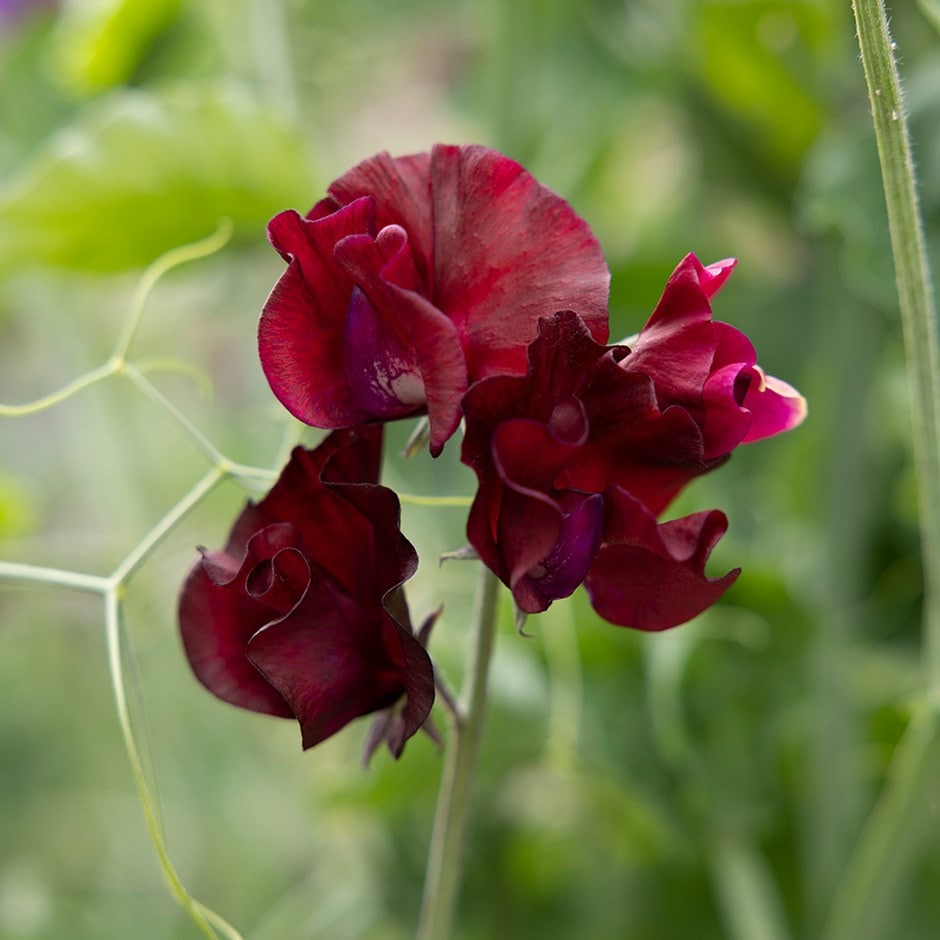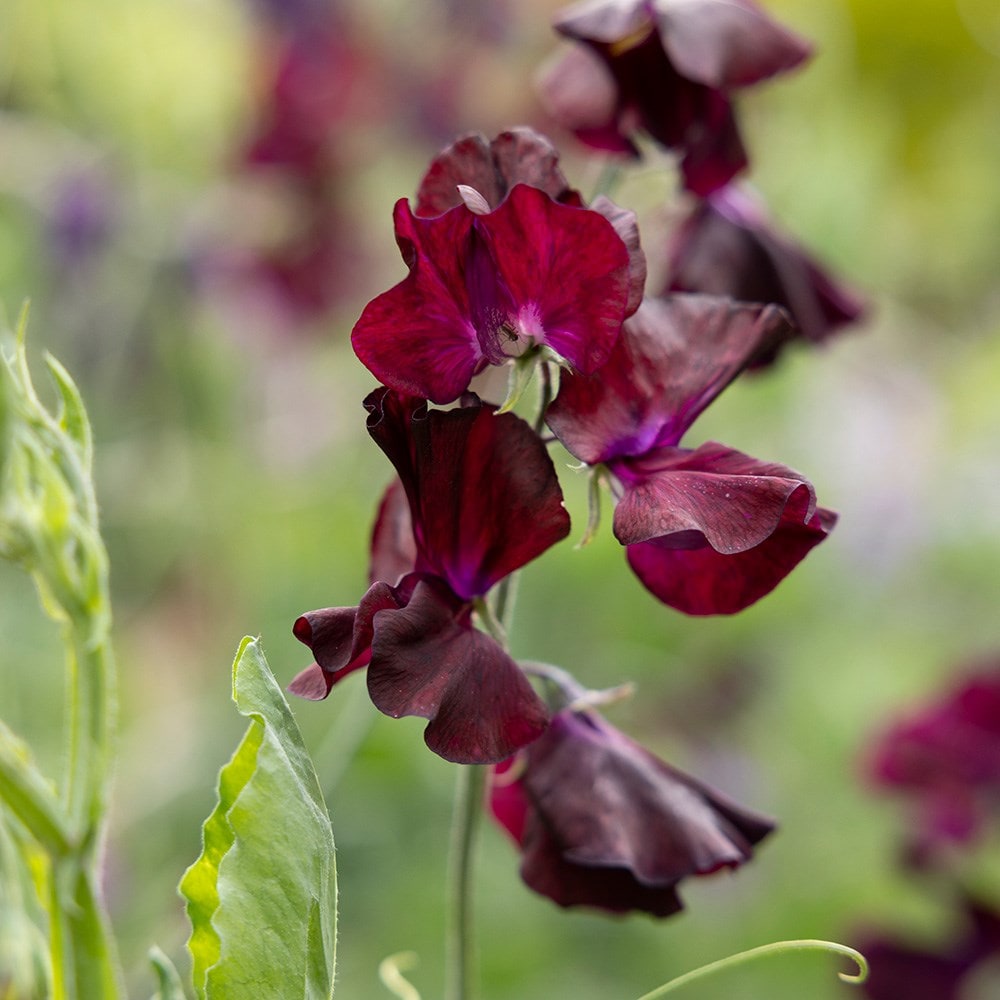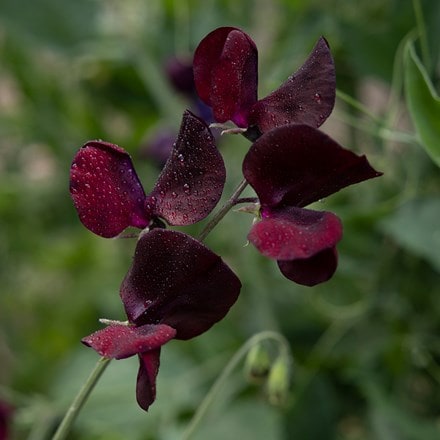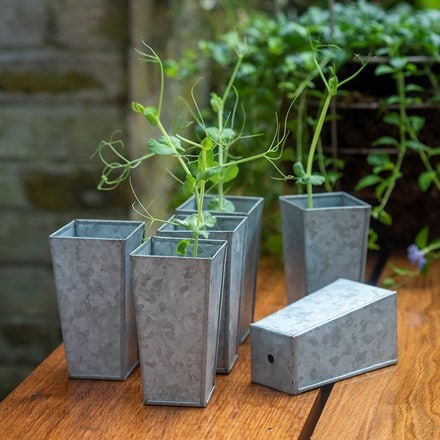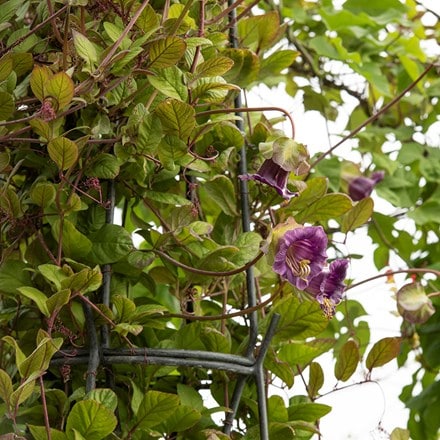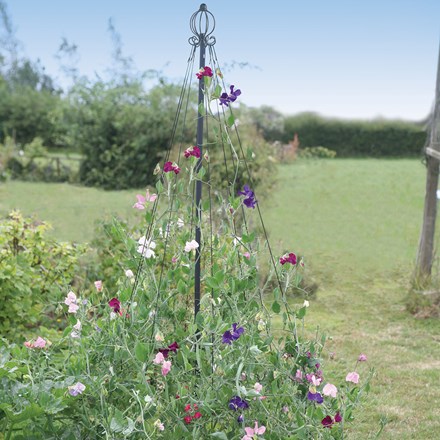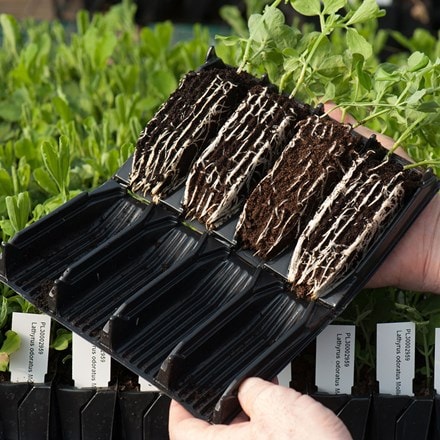Lathyrus odoratus 'Windsor'
spencer sweet pea seed Windsor
Sumptuous, warm chocolate coloured flowers, which have a good, strong scent and look wonderful planted next to strong purples and plums...
GOES WELL WITH
How to get more flowers

Many flowering plants can be encouraged to produce better and longer-lasting displays with the minimum of effort. A plant produces flowers in order to reproduce and ensure the survival of the species. Once a plant has flowered and fertilisation has taken
Read full articleGet more flowers
Deadheading will prevent them setting seed and so use their energy producing a further flush of blooms later on. Plants that respond well to deadheading include annuals such as Ageratum, Alyssum, Antirrhinum, Calendula, Centaurea, Cosmos, Dahlia, foxglove
Read full article


